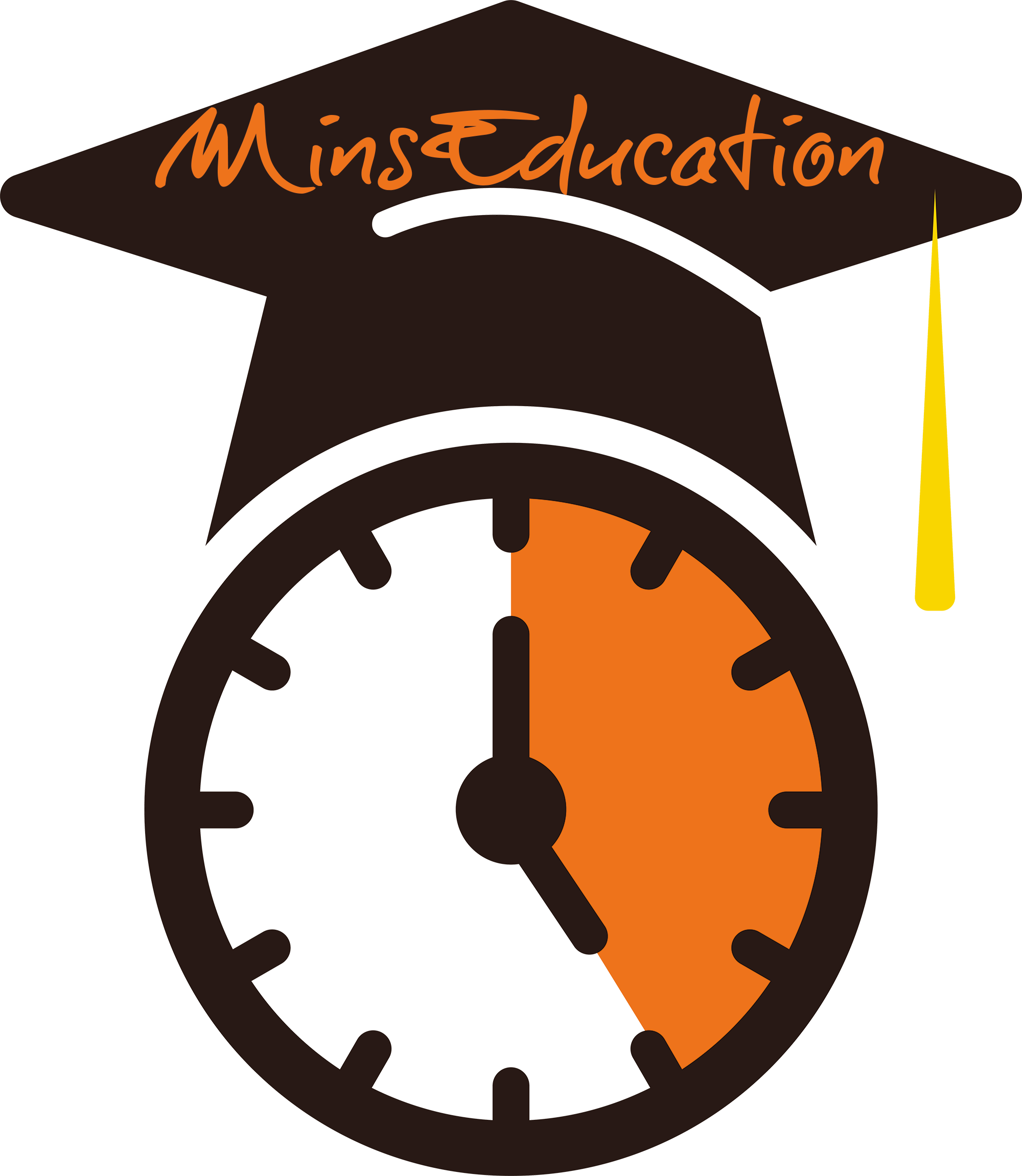Today we will talk about the context of discovery and the context of justification.The first deals with how new ideas emerge, and the second focuses on how we prove them. But what do these terms really mean, and why do they matter? Let’s find out.
The context of discovery is all about how scientists come up with new ideas. It’s the creative, sometimes messy part of science—where intuition, inspiration, and even luck play a role. Think of Archimedes shouting “Eureka!” in his bathtub or Newton watching an apple fall and pondering gravity. These are classic examples of discovery—moments where a new idea is born. But discovery isn’t always a sudden insight. It can also come from trial and error, observations, or unexpected results in experiments. Scientists often follow hunches, and sometimes the best discoveries come from accidents—like Alexander Fleming’s discovery of penicillin.
Now, coming up with an idea is just the beginning. For it to be accepted by the scientific community, it needs to be tested. This is where the context of justification comes in. Here, scientists use experiments, logic, and reasoning to evaluate whether their ideas hold up. They follow rigorous methods—hypothesis testing, peer review, and replication—to ensure their findings are reliable. For example, Einstein’s theory of relativity was just a bold idea at first. But when astronomers confirmed it during a solar eclipse in 1919, it moved from being a hypothesis to a well-supported theory. Understanding these two contexts helps us see science as both a creative and systematic process. It reminds us that scientific breakthroughs don’t just appear fully formed—they start as ideas that need rigorous testing.
It also helps us separate the role of intuition and evidence in science. While the discovery phase is often personal and unpredictable, the justification phase ensures that knowledge is objective and reliable.

